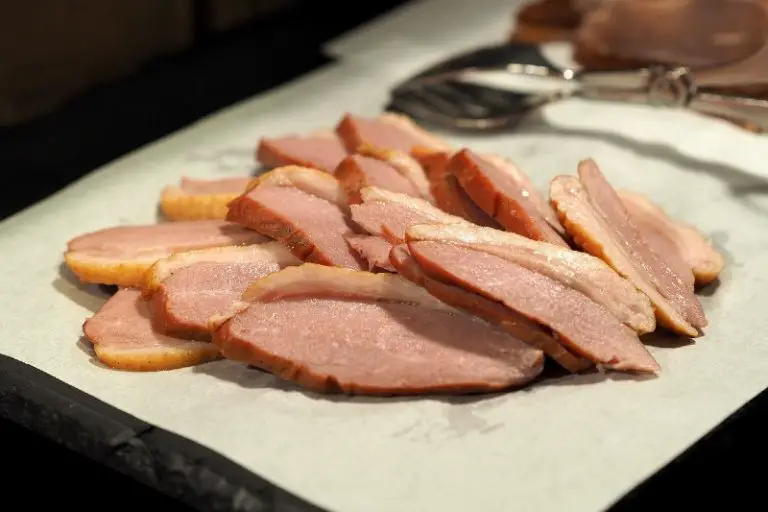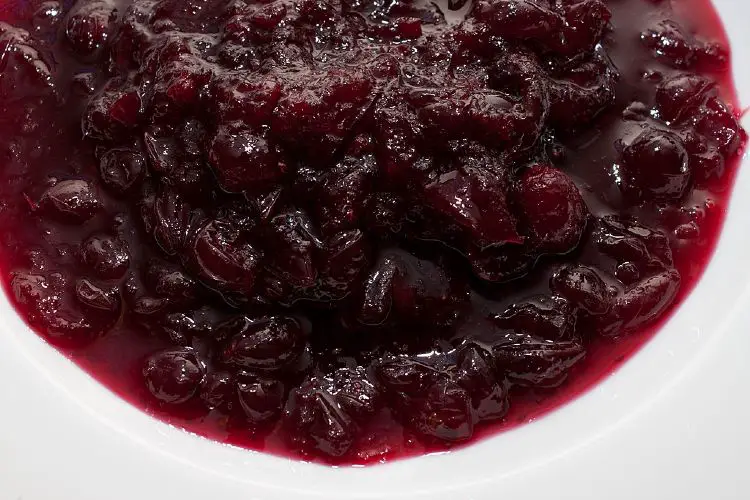Sara Venn’s Herb Gardening Course at Common Farm in Somerset
Sara Venn is a plantswoman, and like all professional horticulturalists I have ever met she has an enthusiasm for gardening, nature and passing on knowledge that is infectious. She teaches gardening skills at Common Farm, a hub for lifelong horticultural learning on the outskirts of Wincanton, near Bruton in Somerset.
From planting your own cut flower garden to making wreaths for Christmas and designing your own kitchen garden, you can spend a day here and learn from experienced professionals who pass on their wisdom and secrets at a fraction of the cost charged by many other schools and workshops in Britain.
Common Farm is owned by florist Georgie Newbury and her husband, the artist and sculptor Fabrizio Boccha. Georgie, otherwise known as The Flower Farmer on Twitter, teams up with other specialists to run the courses, as well as running her own cut organic cut flower business in the seven acre garden surrounding her home. At this time of year she is busy sending out bouquets filled with apple and pear blossom, camassias, cerinthe, euphorbia, honeysuckle greenery, tulips, anemones and forget me nots. Throughout the year Georgie and Fabrizio use fresh herbs from the garden in the course lunches and in the bouquets they deliver by mail order. Fabrizio recommends Arne Herbs as an excellent supplier.
The courses at Common Farm are kept small and friendly: you enter straight into the classroom, with its big wooden table laid with tea and coffee trays and biscuits. There are views out into the garden from each window. The six attendees, several of whom live in the area and have done quite a few courses here, take turns to introduce themselves and explain what they need to learn from the day.
This day’s course was all about herbs. Sara explained that she started gardening when she was three years old, has trained with the Royal Horticultural Society and works as a nurserywoman with Tender Care Nursery in Beaconsfield, one of the country’s leading purveyors of mature plants, shrubs and trees. She is also author of a horticultural blog, The Physic Garden. It was interesting being taught by someone whose daily work centres around caring for, dividing, propagating and preparing literally thousands of plants for customers and flower shows, seeing what problems arise and how they are dealt with.
Sara taught us that it is essential, before you buy any herbs, to consider where it is the plant originates from, so that if, for example, it comes from a Mediterranean climate, we should try to recreate the same environment to ensure it flourishes. She views herbs as herbaceous plants that offer endless opportunities: from culinary to medicinal, hedging and decorative use, herbs form an important and exciting part of a garden’s structure and enjoyment.
Sara recommends a book called “Herbal – The essential guide to herbs for living” by Deni Bown, published by Anova Pavilion Books. She encouraged us all to purchase our herbs from good, local plant nurseries and not garden centres because, very often, the latter import plants from greenhouses in Holland, where they are sprayed with chemicals and may well be root bound and fairly weak once transplanted into their new habitat. Sara is also very enthusiastic about visiting Women’s Institute {WI} plant sales.
We ventured outside where lots of different herbs had been arranged for us to study on benches and tables. From rosemary to sage, parsley, feverfew, mint, lavender, curry plant, comfrey, bay, santolina, hyssop and myrtle, Sara talked through the use, growing habits and potential diseases and problems of individual plants, urging us to smell, touch and taste the foliage as we analysed each plant. She divulged many useful hints and tips amongst which were:
When you buy herbs, always tip the pot upside down to check the roots. The plant should not be root bound and the roots should not be brown and rotten. Look for a healthy root system and foliage and avoid buying herbs that are obviously very tender and unsuitable for the vagaries of the British climate, unless you have a heated greenhouse.
Never plant a small pot into a huge pot – take gradual steps in re-potting upwards because a plant will experience trauma if its new habitat is too big.
You can easily divide one plant into two, three or even four plants by breaking up and dividing the roots. As long as you keep the roots moist, the plant will flourish.
Snip the tips of your herb with your fingers – this will encourage strong lateral growth.
To ensure good drainage of herbs make sure you include plenty of horticultural grit into your compost mix – herbs, like most herbaceous plants, do not want to be water logged but prefer a free draining compost.
Nettle tea and comfrey tea are the best fertilisers to use. Take a basin and place 1 part comfrey leaves or nettle leaves and fill it with ten parts tap water. Leave the leaves to soak until the smell is really powerful. Drain the “tea” mixture and use it to feed your plants.
Fish, blood and bone meal powder is also a good way of keeping herbs fed organically.
To take cuttings from plants such as rosemary or santolina, snip a shoot and then take off the leaves from the bottom part of the stalk. Immerse the stalk in free draining, moist compost, water and label. Rooting compost is not necessary.
Excellent for warding off flies: Artemisia abrotanum
Very good for migraines: feverfew, eat a leaf a day.
Excellent for cocktails: Tashkent spearmint
Must grow herbs: angelica {architectural, beautiful, large seed heads}, hyssop {excellent for bees, hedging and, used sparingly, in cooking}, English marjoram {scented, versatile in the kitchen}
Great places to visit herb gardens: The Herb Society in Oxford, The Chelsea Physic Garden in London, The Herb Centre near Banbury, and RHS Wisley.
Sara recommended planting herb gardens as near to the kitchen as possible and bordering the front of the herb garden with a small hedge. Santolina, rosemary or even parsley make good hedges.
During lunch we continued our discussions of which herbs grew successfully in our gardens and shared recipe ideas and planting combinations in the kitchen. Georgie had prepared for us a delicious quiche of Kimber’s Farm Shop Gloucestershire Old Spot bacon and mushrooms, olive focaccia made by local baker Declan Farrell of Mattiemilly Cakes, a salad of homegrown and Charles Dowling leaves and herbs, a cheeseboard of Blue Vinnery, Keen’s cheddar and Goldilock’s cheese from Godminster. Wines were bought at Divine Wines in Wincanton and pudding was chocolate brownie slices decorated with blossom flowers from the orchard.
It was back to learning in the afternoon, and Sara showed us how to take cuttings, grow herbs from seeds, ensure we have the right planting medium mix of grit to compost and she also addressed problems that we have faced in the past with growing herbs. We all complained about our success rates with lavender, which is notoriously difficult to grow on clay and not very frost hardy in the case of some cultivars. In certain cases it is just best to give up and concentrate on successful plants – the air of defeat lingered over this topic.
We left the course with notes, a tray of ready-seeded and cut herbs to take home and an enthusiasm to be more adventurous with our herb gardens. This course is ideal as an introduction to herbs, for the gardening novice who wants a hand-on course that covers all the basic details and information needed to start and manage a herb garden. Like all good teachers, Sara takes away the myths and fears and gives you the confidence to believe that you too can be a good gardener.
In addition, if you live in and around the area, Common Farm courses are an invaluable opportunity to meet local people with whom you can swap contacts and ideas. Although the reach of social media is increasingly global, it is heartening to see how it can bring local village and regional people together, bound by a common love for plants, gardening, education and good food.
Further Information
Georgie Newbury at Common Farm Flowers: www.commonfarmflowers.com
Follow Georgie on Twitter: @TheFlowerFarmer
Sara Venn’s blog: www.thephysicgarden.com
Follow Sara on Twitter: @Saralimback


